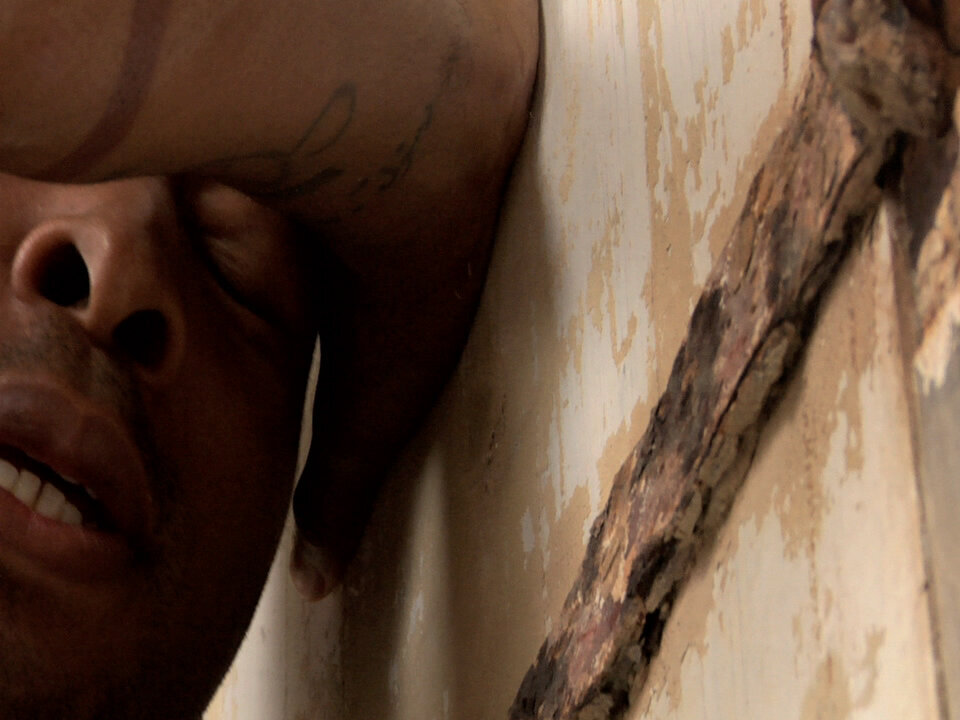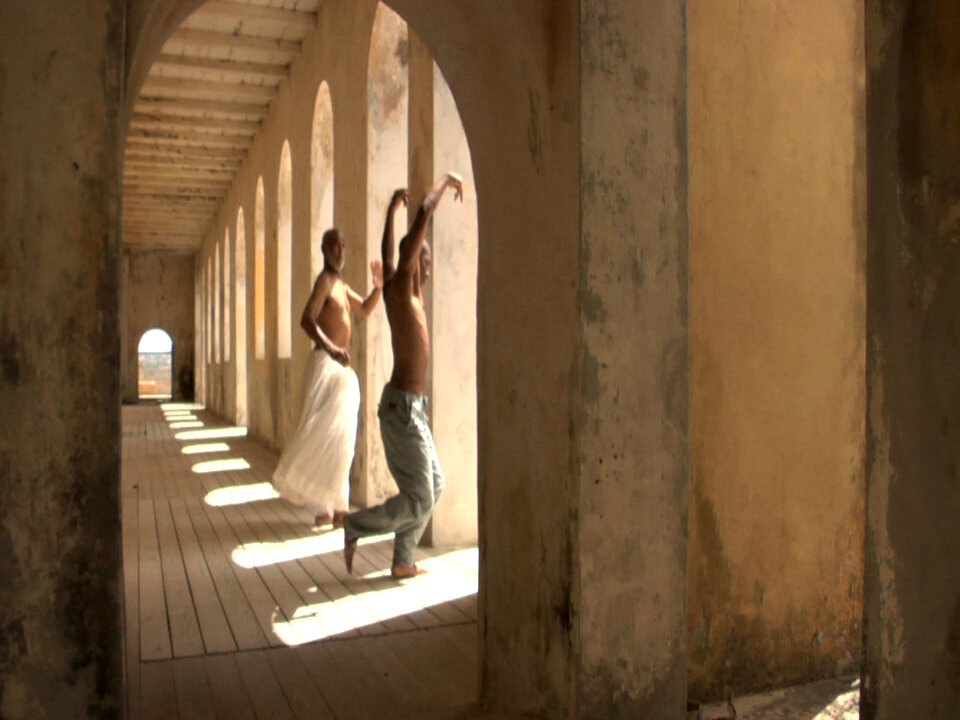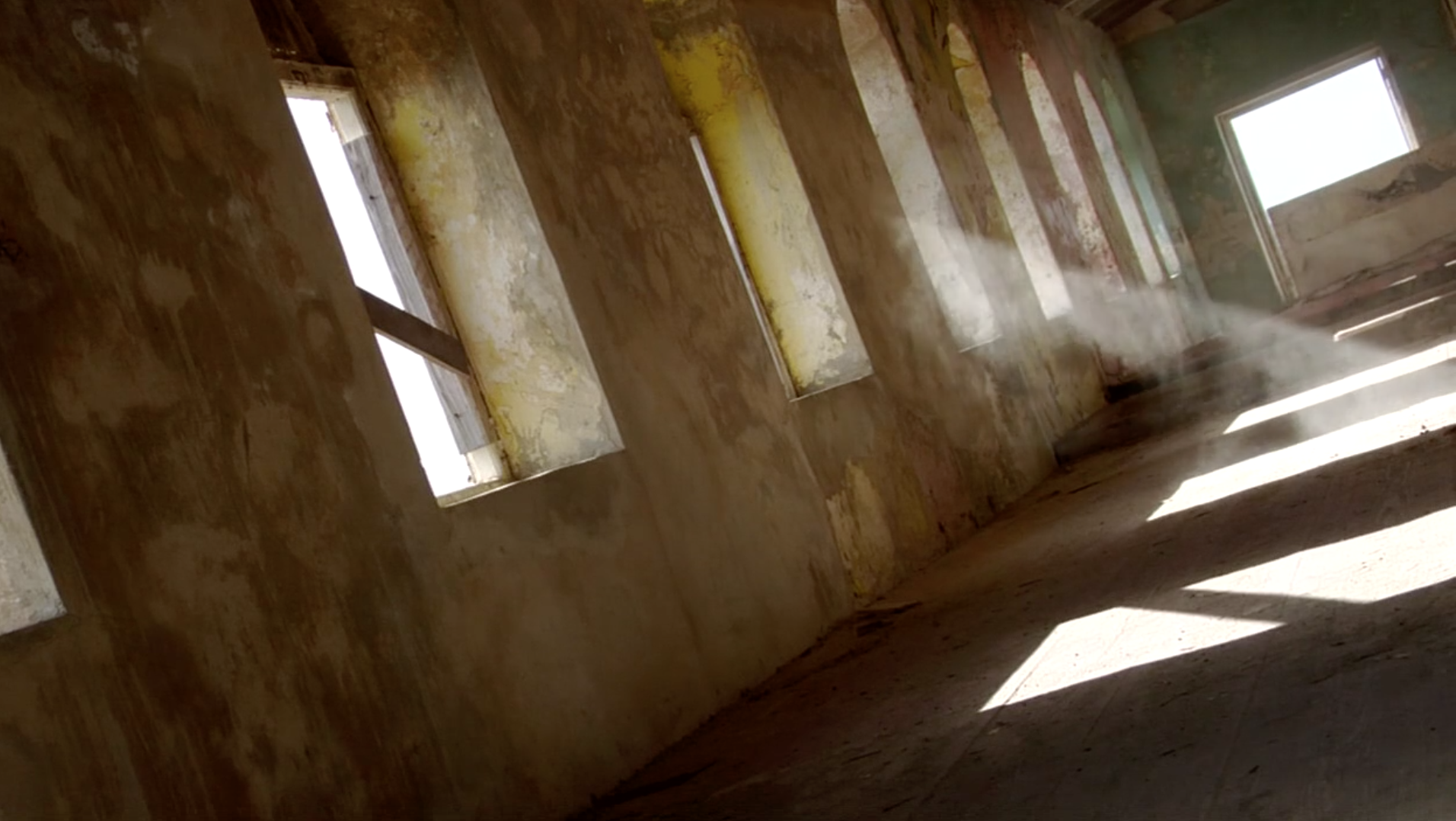quarantine
An older man looks at his younger self explore an old quarantine building for enslaved Africans.
AWARDS, SCREENINGS AND ACCOLADES
After the film’s world premiere in London, England at the Constellation Change Dance Film festival, Quarantine screened as Jury selection at CINEDANS Festival in Amsterdam, the Netherlands; Dance Camera West in Los Angeles; Capetown, South Africa; Kunning, Beijing and Shanghai in China; and was also screened at Gallery 6 in NYC; Teatro Luna Blou in Willemstad, Curaçao; International Dance Festival in Salt Lake City, Utah; and CORD (Conference on Research in Dance) at Barnard College NYC.
HISTORY
Graced by a natural deep harbor, Curaçao became one of the largest Slave Depots during the Dutch rule (1673 onwards). Ships stopped in Curaçao en route to the Americas. From here, the enslaved Africans were shipped off to the rest of the Americas.
Situated on a hill overlooking the sea, the building in which Quarantine takes place originally housed (or quarantined) enslaved Africans who survived the trip from Africa but were too sick to continue on to other places. After their recovery, most traveled on to their final destination on one of the other islands—or to any part of the rest of the Americas.
There are plans to turn the Quarantine Building into a luxury hotel.
“A majestic film, Bravo. It is moving without didacticism. I also love how you combine and integrate elements of playfulness to a space of such historical relevance and pain...a great juxtaposition.”
— Anna Sang Park, Film Producer
PERSONAL CONNECTION
At the start of the film, a young man visits the abandoned building, literally feeling the space by resting his head on the door. His dance combines white Western movements with contemporary black American (hip-hop) culture.
During his dance, an elder observes the young man. The subtext here is the issue of what a macho Caribbean/African male can and cannot do—dancing in skirts, for example, does not make the cut. At the end, however, we become aware that the old man, like the younger one, actually longs to dance freely in a skirt.
This context—that a man might long to dance freely—is based entirely on the story of my father, who plays the old man in the film. My dad passed on to me his love of dance, and he is on many levels a sensitive and feminine man—yet also very heterosexual. He always wanted to be a dancer but never became one because of his upbringing and society.



RELATED NEWS & WRITING
Credits
Director and Producer: Gabri Christa
Director of Photography and Editor: Dolph van Stapele
Choreographer: Kyle Abraham
Performers: Kyle Abraham, Marcel Stomp
Music Score: Vernon Reid with additional music by Zojojo
Music Editor: Marilys Ernst



